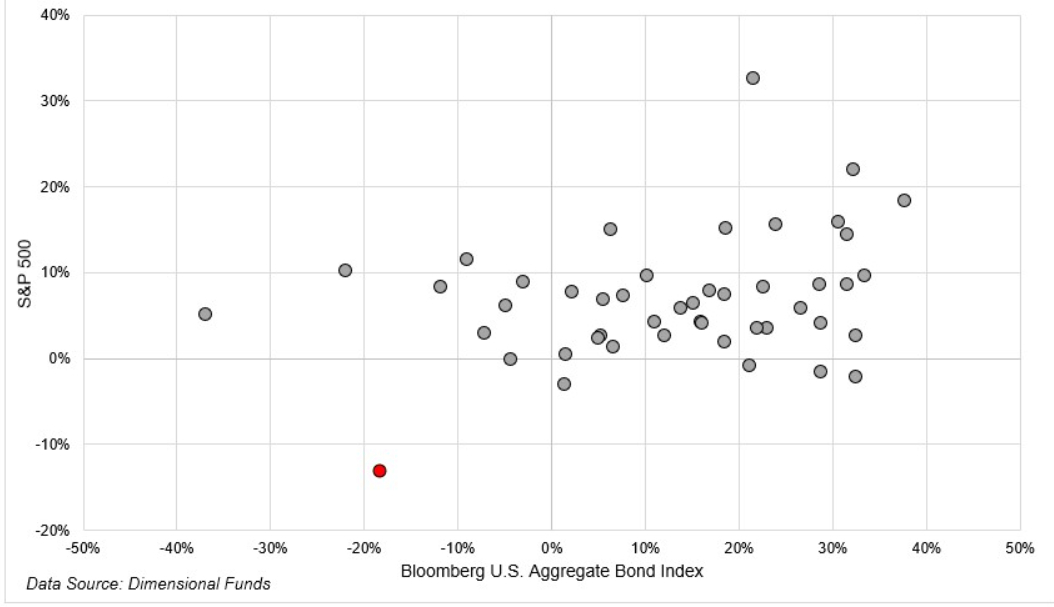Will 2023 Be Another Year of Wrong Forecasts?
US500
+0.70%
Add to/Remove from Watchlist
Add to Watchlist
Add Position
Position added successfully to:
Please name your holdings portfolio
Type:
BUY
SELL
Date:
Amount:
Price
Point Value:
Leverage:
1:1
1:10
1:25
1:50
1:100
1:200
1:400
1:500
1:1000
Commission:
Create New Watchlist
Create
Create a new holdings portfolio
Add
Create
+ Add another position
Close
XAU/USD
+0.27%
Add to/Remove from Watchlist
Add to Watchlist
Add Position
Position added successfully to:
Please name your holdings portfolio
Type:
BUY
SELL
Date:
Amount:
Price
Point Value:
Leverage:
1:1
1:10
1:25
1:50
1:100
1:200
1:400
1:500
1:1000
Commission:
Create New Watchlist
Create
Create a new holdings portfolio
Add
Create
+ Add another position
Close
Gold
+0.51%
Add to/Remove from Watchlist
Add to Watchlist
Add Position
Position added successfully to:
Please name your holdings portfolio
Type:
BUY
SELL
Date:
Amount:
Price
Point Value:
Leverage:
1:1
1:10
1:25
1:50
1:100
1:200
1:400
1:500
1:1000
Commission:
Create New Watchlist
Create
Create a new holdings portfolio
Add
Create
+ Add another position
Close
- Very few years have a high correlation with 2022
- Current conditions indicate that 2023 could also be a one-off
- Amid such uncertainty, gold appears poised to outperform the stock market again
Many major banks have recently published their 2023 outlooks consisting of New Year predictions, surprises, and black swan possibilities. But I believe forecasting a given asset class or monetary policy decision is a fool’s errand.
So, will 2023 be another year with a long list of wrong forecasts?
Statistically, the U.S. stock market rarely gives average returns (between +7% and +9.9%).
In fact, according to NYU data, starting from 1928, years with average returns have been few and spread out far from one another. For example, in 1993, the S&P 500 returned +7%. But, most of the time, the returns have been anything but average.
From 1928 to 2022, 70% of the time the market returned double-digit (negative or positive) results. But there is also evidence of a greater upward bias; one-third of all returns ended with gains of 20%.
In the years when equities went into the red, as was the case in 2022, 50% of the time, performance was negative for the entire year, with losses above 10%. S&P 500 Annualized Returns
S&P 500 Annualized Returns
Also, consecutive negative performances (two or more years) are quite rare for the S&P 500.
From 1950 onward, the only time stocks fell for consecutive years was during the recession of the 1970s and when the dot-com bubble burst in the 2000s.
 S&P 500: Consecutive Negative Performances
S&P 500: Consecutive Negative Performances
From the above chart, we can see that in the year following a negative-return year, the S&P 500 rose by an average of 20%. In addition, stocks returned an average of 27% after declining 20% or more in the year before.
And the returns were flat, recording an average performance of 7% after that.
People often look to the past for answers to find correlations that can provide insight into what might happen in the coming months.
 S&P 500 Correlations
S&P 500 Correlations
Very few years have a high correlation with 2022, which makes sense considering that each year is a different story.
The one that comes closest in terms of performance is 1962, with a correlation of 0.82, alongside a few others. In addition, after looking at the highest correlations, we also look at the performance in the following years.
All were more than positive; of the 11 years observed, there was a prolonged recession in 7.
That said, we could still maintain our view. Consider the layoff issue in the tech sector, where over the past decade, strong liquidity injected by banks led to huge profits (and more job creation) through 2022.
In the last year, we have seen profit margins shrink, leading value stocks to perform well (since the dot-com bubble burst) and changing the trend.
We might think that bonds are a safe haven this year after the disaster we witnessed (the worst year in history). But, we should remember that bonds have performed positively almost always whenever equities have declined.
 Bond Returns Relative to S&P 500
Bond Returns Relative to S&P 500
Moreover, we might think that Bitcoin hodlers will continue to focus on decentralization and the intrinsic value of the digital currency.
This has become challenging with the negativity surrounding this sector in the past months. But aren’t you amazed that it hasn’t gone below $10,000? Perhaps that’s what the bulls are encouraged by.
Gold performed much better, ending 2022 at six-month highs. Could this be the year the yellow metal finally shines? Gold vs. Bond vs. Equities
Gold vs. Bond vs. Equities
Looking at the chart, we can see that it is outperforming the long-term U.S. bonds (TLT) and making new highs against equities.
The bottom line: Financial markets’ history is mired with a combination of great performances and great losses. There will always be winners and losers, regardless of how diversified your portfolio is.
Disclaimer:.




